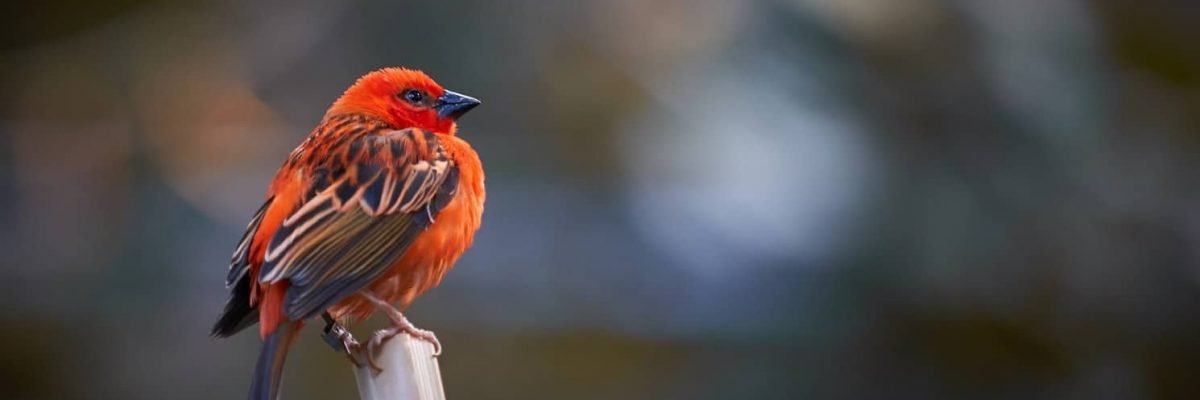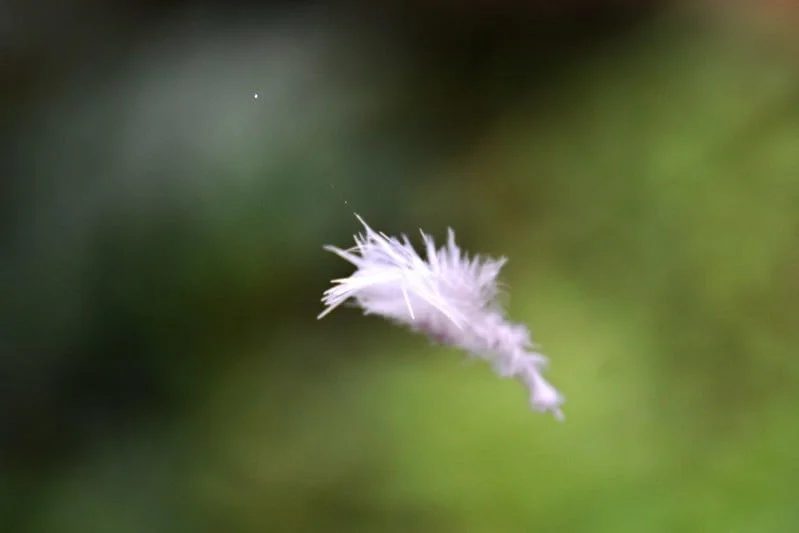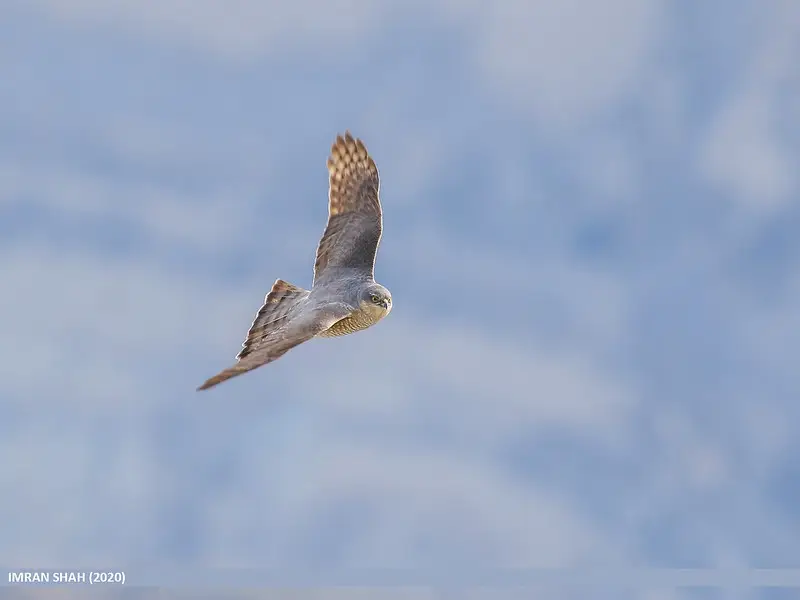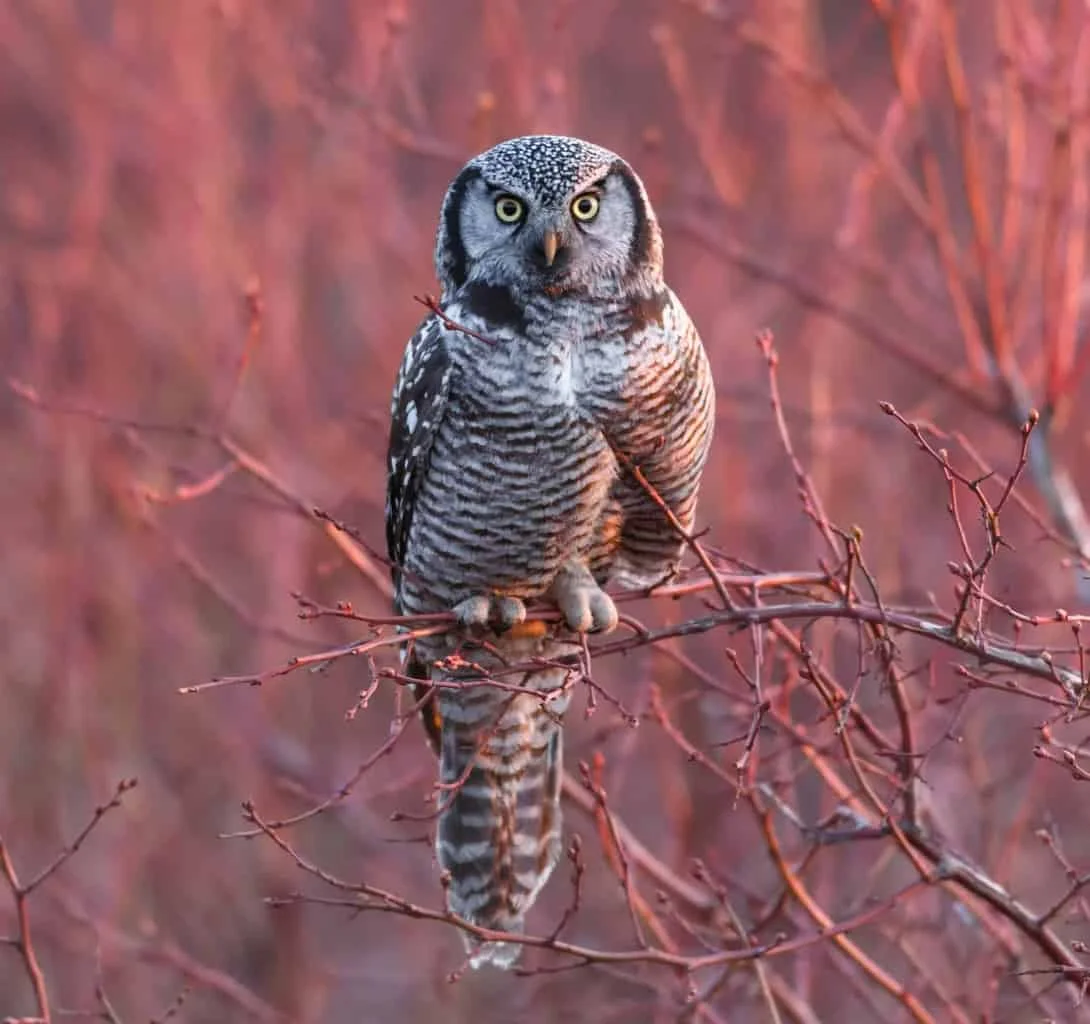
Despite their tiny size, finches are one of the most recognisable birds across the whole world. Native to most countries, they can be immediately spotted due to their small stature and vibrantly coloured bodies.
Table of Contents
ToggleWhen they’re not flitting about or singing from the trees, finches are generally social creatures. They enjoy each other’s company, often displaying sweet signs of affection. They’re also very skilled flyers, proud to show off their aerial antics wherever they are.
It’s no wonder that so many people are looking for more ways to attract finches to their yard. They’re not only fun to watch – finches also help control the number of weeds in your yard, providing a greatly appreciated landscaping service.
Finches are known for their impeccable taste and high standards. With this in mind, you should be prepared to do a little song and dance of your own if you want these fun-loving animals to grace you with their presence. While finches thrive on attention and love to hang out with friends, they can be picky eaters. Designating your home as the new finch hangout means taking a little extra time making sure that the feed is fresh, and that you have made the right design choices. Fortunately, when these birds choose a place to hang out, they really commit to it!
Luckily, there are a few ways that you can reliably attract finches to your yard, year-round. Let’s take a look at some of these below:
How to Attract Finches?
1. Clean Feeders
One unique characteristic of the finch is that it rarely finishes its food! Much like a cat, a finch will only eat just around half of what you leave before demanding a refill. They’re not usually too finicky when it comes to the type of seed that they like, but we’ll come back to that later.
Finches will also only ever eat from a clean, fresh source. They won’t eat from an old feeder if they know that the seeds aren’t fresh, or that the feeder hasn’t been cleaned in a couple of days.
To check to see if your seeds are fresh, give them a squeeze – if no oil or grease comes out, it’s time for a refill.
As a best practice, you should be cleaning all of your feeders at least once per day.
2. Seeding Flowers
Finches love seeds. They’ll happily munch away at any fresh seed that you provide – the fresher, the better!
It doesn’t get much fresher than when it comes direct-from-source, such as with a seeding flowerbed. Things like sunflowers are irresistible to finches, so where possible, you should plant as many of these as you can!
Similarly, you should aim to grow colourful plants; finches are drawn to bright colours and if you can get colourful, seeding flowers, you’re bound to get a few new garden guests! You can also decorate with brightly coloured ribbons or other decorations, further increasing the chance of visiting finches.
3. Correct Seeds
As we’ve mentioned above, finches can’t get enough of bird seeds. They rely on fresh seeds, leaves, fruits and nuts to survive, though they do have their preferences as to what they choose to eat.
Finches are drawn to black, oily seeds such as Sunflower seeds and Nyjer, as the darker colour signifies to the bird that it is fresh. Earthy, pale or dry seeds will not attract the small songbird to your yard, as they will hunt for a fresh supply elsewhere.
It’s important to make sure that you regularly replace the seeds (or other feeds) that you supply; at least once a week if they haven’t been eaten. It’s important to remember that a finch generally won’t finish a feeder, so don’t be put off if there are still seeds left in the tube!
Some birdwatchers recommend freezing the seed to keep it fresh for longer.
4. Safe Areas
As a small bird, a finch might feel very vulnerable when they eat, especially if the feeder is placed in a large open area. When the birds eat, they’re unable to protect themselves, which is why it’s important to make them feel protected.
You don’t need to go to great extremes to make your yard a safe place for birds to eat – all you need to do is place the feeder in a shaded, protected area. As long as the tube isn’t placed in a larger, open area and there’s somewhere nearby for the finch to hide, you should begin seeing results in no time.
Why not place your feeders near a dense thicket, or along a row of bushes?
5. Clean Water Bath
As with any other bird, you absolutely MUST provide clean water. A finch won’t just drink from your bird bath; they’ll wash in it, too – this means that the bath can become very dirty, very quickly.
Finches will generally avoid drinking from water that they’ve bathed in, so you should be regularly replacing the water in your birdbaths. It’s recommended to refill at least once per day – you should also be giving the bath a proper clean at least once per week.
6. Thistle and Tall Grass
Convincing finches to spend a little time with you is easy if you know what they look for. Like most birds, these little friends are huge on making nests. If you can provide them with the tools that they need, your house will be a constant stop. They might not build a nest on your property, but you will be where they stop for tools and a quick snack.
7. Tube Feeder
When finches eat in the wild, they like to perch while they eat their tasty treats. Finding the right feeder can help make them more comfortable dropping by for an evening meal by simulating the way that they eat in the wild. Tube feeders are designed for the birds to be able to easily cling to the side of the feeder while they eat. This means that they can easily latch onto the device and then peck away happily at the fresh seed that you have prepared.
Also, dress up your feeder with some flowers!Planting a bunch of new flowers can be a bit of a process, but that doesn’t mean that you can’t get a little creative to sidestep it. You don’t have to wait for the next season of flowers to grow in to get finches over to your yard. If you are short on time, convince your finches to drop by using some vibrant décor options instead. You can add strings, ribbon, or even just outdoor design items in bright colors to win them over.
8. Feeder Spacing
Having more than one bird feeder can be a great idea if you are looking to attract finches since they are likely to bring their friends over. When it comes down to it, you want to create a space for your finches to hang out, but they should be able to enjoy their space while feasting too.
Do Finches Migrate?
Some species do, some don’t.
Okay, so that’s a very cryptic answer to what appears to be a simple question. Not unlike other birds we’ve featured, though, a finch MIGHT migrate, but most of the time, they won’t.
Finches are known to be resident birds throughout the whole year; you’ll likely see them just as frequently in the summer as you will in the winter. Their migratory habits are generally decided by their location in the world.
It’s documented that Western finches are perfectly happy at home through the colder seasons, whereas their Eastern counterparts are more likely to migrate south. In some instances, the Western finch will move to lower elevations to evade the cold, though it’s rare for them to travel great distances.
Eastern finches are much more likely to travel thousands of miles to a warmer climate, though it does depend on the availability of their primary food source.
As finches don’t generally eat insects and bugs, they don’t need to drastically change their diet. They may need to change what types of seeds they eat, though luckily, many berries and nuts do grow throughout the winter.
Why are finches known to die suddenly?
There are a few different reasons as to why a finch might suddenly die, regardless of whether they are wild birds or kept as a pet. In many cases, it can be attributed to either illness or fear – the finch can be a very nervous bird, and if startled, it can cause serious damage.
Finches are prone to respiratory problems, much like we are. As their bodies are small and their energy is reserved for day-to-day activities, they aren’t very good at fighting off protection.
One of the biggest causes of unexpected respiratory problems is a drastic and sudden change in the weather. Significant drops in temperature (such as a fast transition from summer to autumn) can be very taxing on the small bird, potentially affecting their immune systems. Their energy is used to adjust to colder weather, so they can’t effectively protect themselves from becoming ill.
Fright can also be a cause of sudden death; if the finch is startled during the night, they may suffer from a heart attack.
Unfortunately, sudden death is a common problem for the finch – you need to be extremely careful with them, to make sure they live a long and happy life.
What do Finches Eat?
Finches are adorable little birds, but they can be a bit picky when it comes to feasting. If you are looking to attract finches to your yard, you want to make sure that you have the kind of food that they want to eat. By choosing food options that finches are particularly fond of, you will dramatically increase the likelihood that these elusive creatures of habit will grace your yard with their presence. When they know that your house has the good stuff, they will be happy to drop by again.
The first thing that you should know about what finches like to eat is that they prefer fresh dark seeds. Finches look for stark materials, so keeping your feeder filled with fresh black seeds can really increase your chance of finch visitors. Instead of waiting for the birds to finish, change out the seeds when they begin to dry out. If you can, get a birdfeeder that has an open area for sunflower seeds as well. The finches will appreciate the variety and they love tasty sunflower seeds, as well as thistle seeds.
Where can you find Finches?
Finches are found in various places around the United States, with some places being more popular for certain kinds of finches. The House Finch is commonly found around most states, but has more recently been introduced further east and even over in Hawaii. Other types, like the Goldfinch is known for being present around most of North America and has a European variation as well.
How many species of Finches are there?
There are 183 different species of Finches around the World. They were famously studied by Charles Darwin for the slight differences between different species on the Galapagos Islands. These birds can be found in a variety of forms all around the globe, and they are mostly favored everywhere that they end up. Popular variations include the Goldfinch, Purple Finch, Pine Finch, and the Zebra Finch, but there are countless other types taking flight around the globe.
Why do Finches Have different beaks?
Finches are known for having notoriously different beaks from one type to the next, and this is all because of their diet. Over time, finches have evolved to have different beaks that easily accommodate what they prefer to eat from one region to the next. These subtle changes make it easier for them to access, obtain, and consume their preferred food types.
What Do Finches Eat in Winter? Can They Eat Millet?
Finches generally stick to their preferred types regardless of the season. They are partial to fresh dark seeds, particularly Nyjer, and are also known for enjoying sunflower seeds. Offering these seed options in winter is a great way to win them over during the off season. Finches do enjoy millet and can derive a great many benefits from it, so adding this is always a good choice.
How Do Finches Make Their Nests?
Despite the fact that finches can be quite particular with their preferences, they are known for being rather resourceful when it comes to nest making. They will scavenge and make nests from any available materials, but they do prefer the kind of materials that can easily be obtained from a variety of thistle plants. Cottonwood, milkweed, and cottontails are popular favorites among finches, so plant these on your property if you want to give them an extra reason to drop by. You will be glad that you did when they start showing up and bringing company. Their nest-making generally consists of a structure built within an existing cavity, artificial or otherwise. Adding a good cavity for them to build their nest on your property can make your house their house too!
Finches are known for having notoriously different beaks from one type to the next, and this is all because of their diet. Over time, finches have evolved to have different beaks that easily accommodate what they prefer to eat from one region to the next. These subtle changes make it easier for them to access, obtain, and consume their preferred food types.

More Articles.

What Does It Mean To See a White Feather Fall in your Dreams? (Symbolism and Meaning)
In some cultures, seeing a white feather fall in your dream is a sign of

What Hawks can you see in Austria? (3 Species with Pictures & Sounds)
What Hawks can you see in Austria? There are 3 different species of Hawks that

About Us
We are avid bird-watchers who recently retired, allowing us more time to travel the world. Fortunately, we have managed to visit numerous countries around Europe, Asia, and America. Watching and photographing birds has been a passion for many years and we are making the most of the extra time on our hands!





